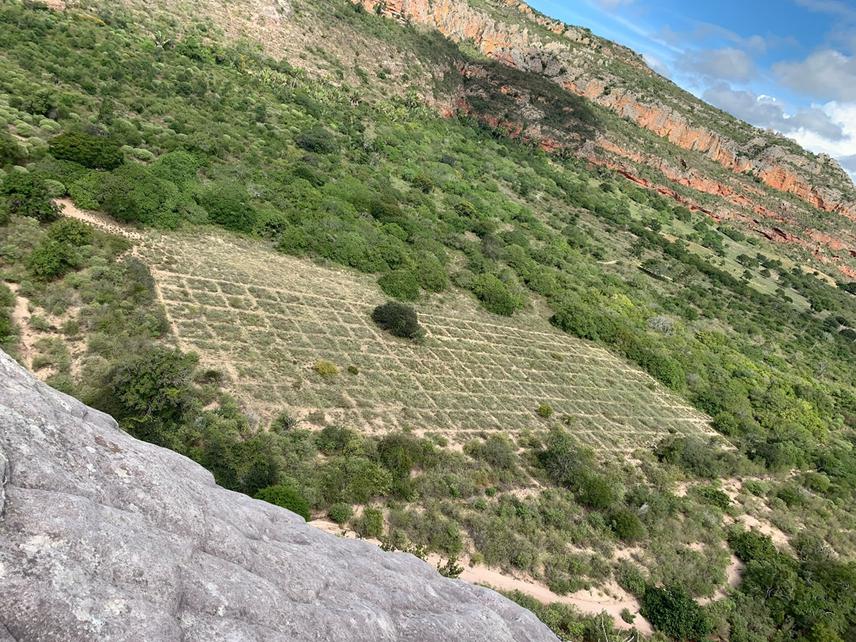Joyce Brito
The human-nature relationship is a recurring theme in studies on biodiversity conservation. If, on the one hand, traditional populations play an important role in maintaining ecosystem quality by guaranteeing and maintaining ecosystem processes and functions, on the other hand, human activities related to land use changes are one of the main threats to global biodiversity. This is particularly true for the Caatinga, given its history of conversion of natural landscapes into agricultural or extensive livestock areas. Therefore, understanding the mechanisms and effects of land use change in Caatinga is a fundamental step towards understanding the resilience of this ecosystem. We therefore intend to assess the impact of land use change on the health of the Caatinga ecosystem, as well as investigating how the local population perceives the environmental risks arising from landscape manipulation. We expect that changes in land use are the main cause of the degradation of the Caatinga, which contributes to the deleterious effects of climate change, especially by altering the balance of biodiversity and the functioning of the ecosystem.

Ecological module experiment site. (research group collection).
To this end, we will use the Catimbau National Park as a study area. We will analyze the individual and synergistic effects of biological invasion and nutrient addition on the multifunctionality (Productivity, Decomposition and ) of the Caatinga ecosystem. In addition, we will explore the perception of the local population and the factors that influence the use and selection of exotic plants for animal fodder and the maintenance of local processes. This complementary methodological approach will allow us to better understand the relationship between the sustainability of the Caatinga's socio-ecological systems and the maintenance of human quality of life.
Our results will have important implications for studies on sustainable land use, promoting practices that are favorable to biodiversity. With this project, we intend to subsidize management plans that incorporate the local community in strategies aimed at the sustainability of seasonally dry forests, as well as disseminating these results in broad communication through blogs and social media focused on ecology and sustainability.
Header: Exploratory collection of the percentage of invasion of the species Megathyrsus maximus in the experiment area. (research group collection).